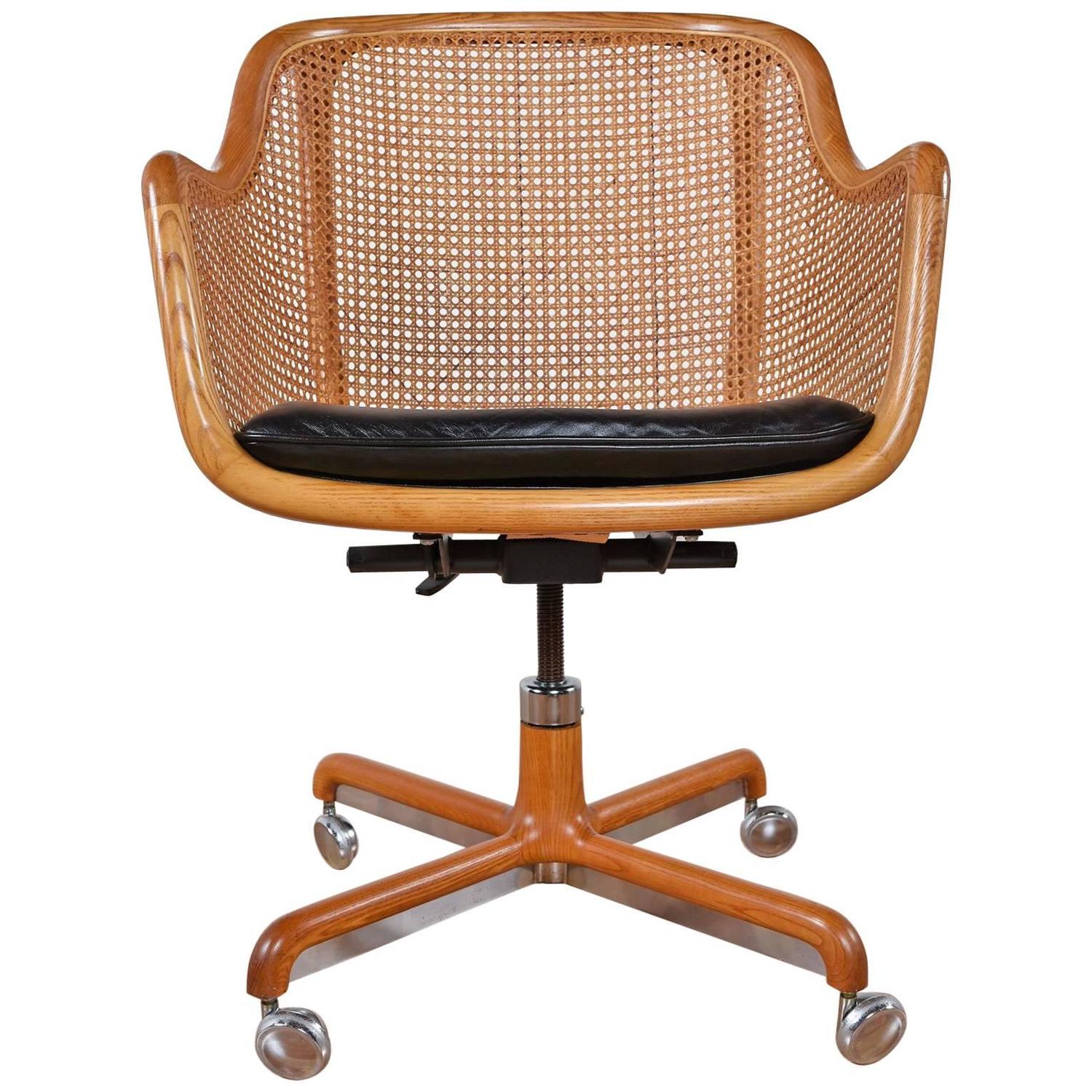Manufacturing & Materials of Mid-Century Swivel Desk Chairs: Mid Century Swivel Desk Chair

Mid-century modern swivel desk chairs, those iconic symbols of stylish functionality, weren’t just magically conjured. Their creation involved a blend of skilled craftsmanship and innovative manufacturing techniques, reflecting the era’s emphasis on both form and function. The materials chosen played a crucial role in achieving the desired aesthetic and ensuring longevity – a testament to the enduring appeal of these timeless pieces.
The manufacturing process for these chairs often involved a combination of techniques. Firstly, the chair’s frame, usually made of wood, was carefully assembled using traditional joinery methods like mortise and tenon, ensuring strength and stability. This was often followed by the addition of upholstery, a process that involved meticulous cutting and sewing of fabric or leather, carefully fitted over padding for comfort. Metal components, like the swivel base and mechanisms, were often manufactured separately using techniques like casting and machining, before being integrated into the overall structure. Tools used ranged from hand tools like chisels and saws for woodworking, to power tools like lathes and sanders for shaping and finishing, and specialized equipment for metalworking. The final stages involved finishing the wood (staining, polishing) and assembling all the components. The entire process demanded precision and skill, resulting in a chair that was both beautiful and durable.
Materials Used in Mid-Century Swivel Desk Chair Construction, Mid century swivel desk chair
The selection of materials directly impacted the chair’s overall aesthetic, comfort, and durability. Wood formed the backbone of many mid-century designs, providing structural integrity and a warm, natural feel. Upholstery materials, ranging from luxurious leather to more affordable fabrics like wool or vinyl, added comfort and visual appeal. Metal components, typically steel or chrome, provided the functionality of the swivel base and often contributed to the chair’s modern look. The careful combination of these materials was key to achieving the characteristic style of the era.
Prevalent Wood Types
The choice of wood significantly influenced the chair’s look and feel. Different woods offered unique characteristics in terms of grain, color, and durability.
- Walnut: Known for its rich, dark brown color and beautiful grain patterns, walnut imparted a sense of sophistication and luxury. Its strength and durability made it a popular choice for chair frames.
- Teak: A tropical hardwood prized for its exceptional durability, water resistance, and golden-brown hue. Teak offered a more robust and exotic aesthetic, often associated with mid-century modern’s global influences.
- Mahogany: Another popular choice, mahogany boasts a reddish-brown color and a fine, even grain. Its strength and ability to take a high polish contributed to the elegance of many mid-century designs.
- Birch: A lighter-colored hardwood, birch offered a more contemporary and less formal look compared to walnut or mahogany. Its strength and affordability made it a versatile option.
